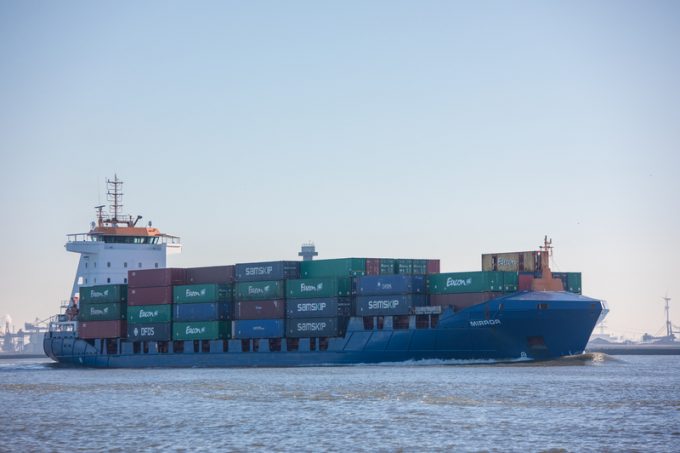Gemini to reintroduce direct Asia-Europe calls at Aarhus and Gothenburg
The first cracks in the Gemini partners’ philosophy of limiting direct calls on their Asia-Europe ...

While deepsea container lines have been blanking hundreds of sailings on the main trades, the same has not been true of Europe’s shortsea carriers.
Despite the sudden drop in volumes following the outbreak of the coronavirus pandemic, “playing with the schedule is simply not an option”, ...

Comment on this article